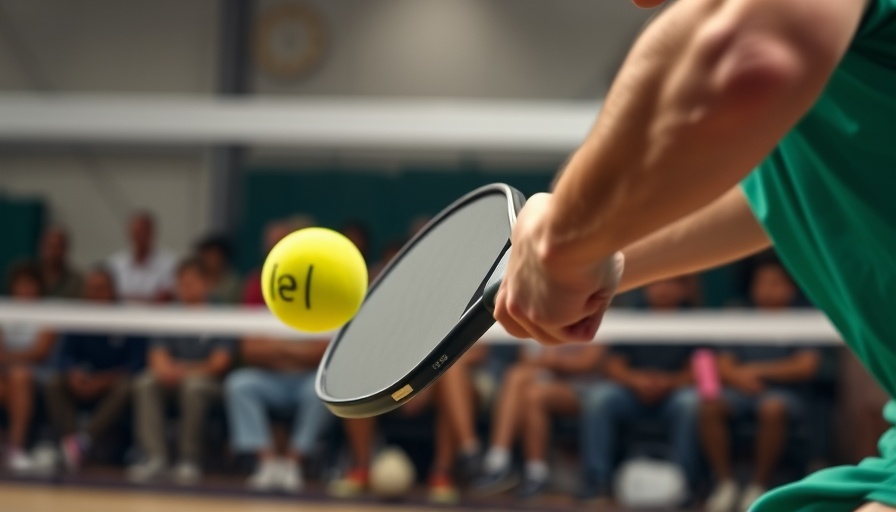
Master the Art of Dead Dinking in Pickleball
In the fast-paced game of pickleball, the "dead dink" is an essential strategy every player should master. But what is a dead dink? According to top professional player James Ignatowich, it refers to a shot that barely clears the net and lands in the kitchenette — that short area before the kitchen line. The goal? To neutralize your opponent's attack and regain control of the point.
Drills for Developing Your Dead Dinking Skills
Ignatowich emphasizes the importance of practice in perfecting this skill. He suggests a focused drill where one player stands on the left side of the court while a partner, positioned at the kitchen line, hits aggressive dinks into the designated area. The player's job is to return these dinks as dead as possible, keeping them an inch over the net. This drill not only builds confidence but sharpens hand-eye coordination essential for competitive play.
Why Dead Dinks Matter in Your Game
The dead dink is not just a defensive move; it's a tactic that can change the momentum of a match. By neutralizing strong plays from opponents, players can create opportunities to turn the tide in their favor. Practicing this technique not only enhances personal skill but also contributes to a well-rounded game strategy, particularly in doubles play.
The Future of Pickleball Techniques
As pickleball continues to grow in popularity, mastering fundamental techniques, such as the dead dink, will become increasingly important. This not only applies to professional players but also to amateurs who aspire to improve their game. Engaging in targeted drills will enable players to incorporate these strategies into their gameplay effectively.
Final Thoughts on Perfecting Your Dink
Whether you are just starting or looking to refine your skills, understanding the intricacies of the dead dink is vital for any pickleball player. Embrace the drill suggested by James Ignatowich and watch your abilities grow. The more you practice, the more instinctive this technique will become in high-pressure situations.
 Add Row
Add Row  Add
Add 




Write A Comment